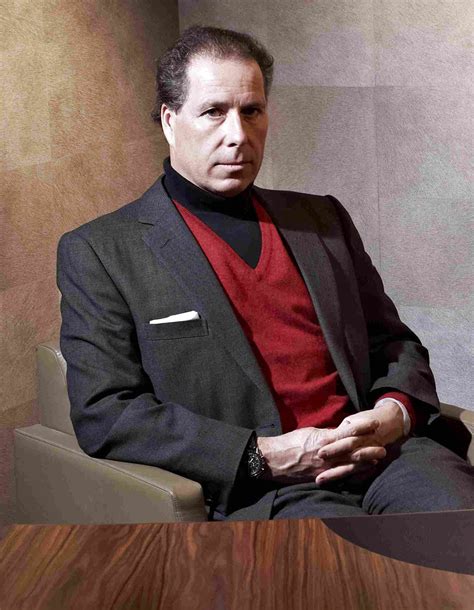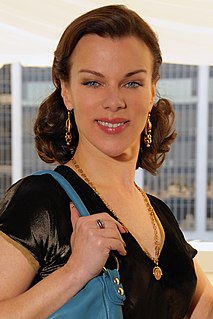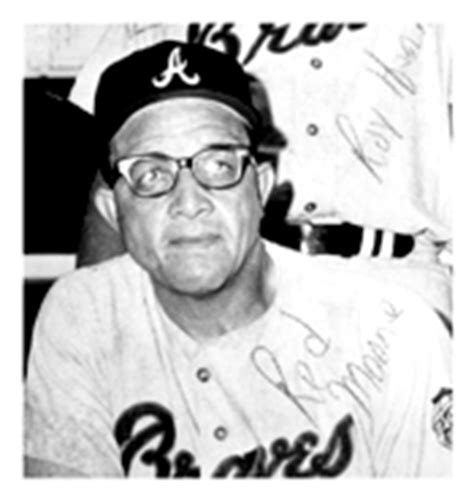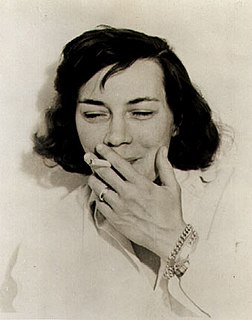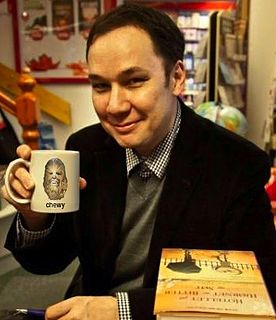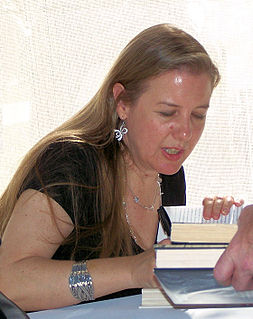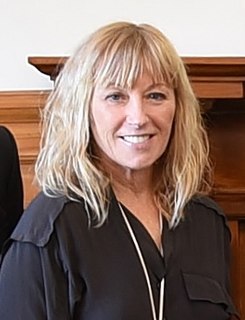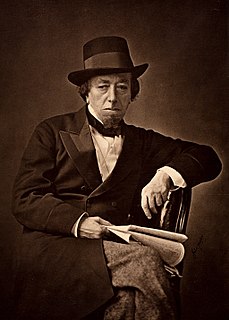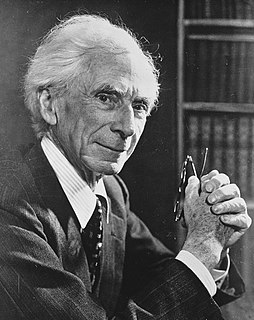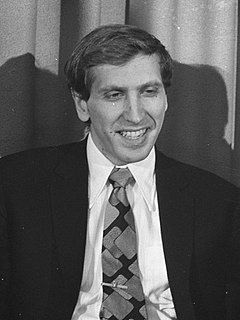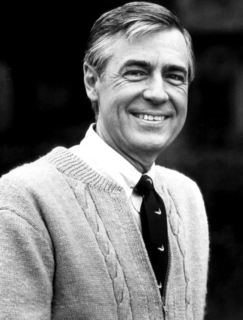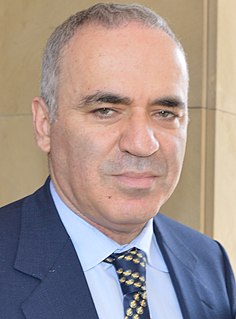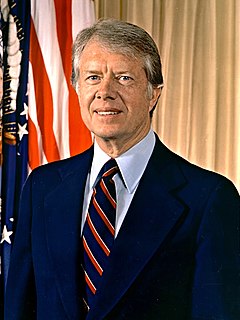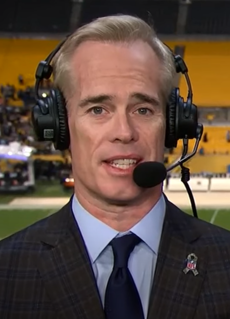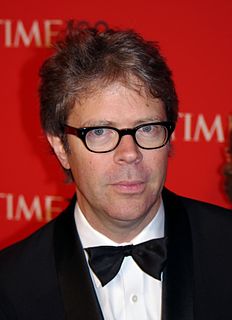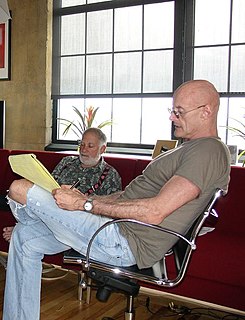A Quote by David Linley
I think there can be no replacement for teaching people how to make things by showing them how to stick two pieces of wood together.
Related Quotes
For several years I've been writing 100-word pieces. More recently I've been putting them together in groups of two and three. I don't see them as sequences, but rather as companion pieces, the way that diptychs often work. The idea comes originally from the paintings of Michael Venezia who places blocks of painted wood next to each other. Proximity is a godsend. The quote is from Wallace Stevens.
John Colman Wood's The Names of Things is a thoughtful, patient, and ultimately rewarding book. It's about, among many other things, the connections human beings make, that in spite of everything, we will always make. To quote from the book, 'What he saw in the people was what the old anthropologists called communitas. It wasn't that the people sang and moved. It was their singing and moving together' Singing and moving together, Wood has found a way to express this profound and beautiful idea through fiction.
When people say "How do you write a book, how does it all happen?" I say, you line things up, and you line them up as actually as you possibly can, but sooner or later the book has got momentum and it's moving along under that momentum. It's like a sculpture, if you're working with the grain of the wood, the wood will start defining what shape it's going to become.
I imagined Kandinsky's mind, spread out all over the world, and then gathered together. Everyone having only a piece of the puzzle. Only in a show like this could you see the complete picture, stack the pieces up, hold them to the light, see how it all fit together. It made me hopeful, like someday my life would make sense too, if I could just hold all the pieces together at the same time.
You've never seen me debate anybody. On anything. Ever. My investment of time, as an educator, in my judgment, is best served teaching people how to think about the world around them. Teach them how to pose a question. How to judge whether one thing is true versus another. What the laws of physics say.
How could I share with you how I felt when two towers that I loved, two pieces of steel and glass and concrete fell down, when actually they took with them thousands of human lives? That is the actual tragedy. But those towers were almost human for me. I was in love with them, and that's why I married them with a tight rope.
Teaching literature is teaching how to read. How to notice things in a text that a speed-reading culture is trained to disregard, overcome, edit out, or explain away; how to read what the language is doing, not guess what the author was thinking; how to take evidence from a page, not seek a reality to substitute for it.
